Ok, I’ve taken the last week or so to dive in and really get a grasp of what my kinders readiness levels look like in terms of literacy and I feel like I have a plan of action. Constant and ongoing assessment will be key, but I know that I can’t have my high fliers continue working on just their names and simple letter mastery when they are ready to move on to bigger and better things. I will still work with them on fluency and speed but I have to give them a little more challenge. Likewise, I need to really make sure the ones that are just getting their feet wet have the opportunity to find success and support that will not frustrate them. So I’m diving in and tiering my ‘word work’ stations for the week.
These literacy stations will evolve into my ‘word work’ stations for Daily 5 so for the sake of keeping my kiddos from getting confused. I just refer to them as Word Work Stations.
Here is a gander at my over all plan. Yes I have math stations and learning centers as well. But since they are still in the exploring and getting to know routines stage, I’m only going to focus on Word Work Stations this week.
If you click on the picture, it will take you to a google docs with the links to specific activities if you’re interested in finding out more.
Station 1 is a sorting activity for letters that is part of my Top Bananas letter mastery systems. I like it because it’s very kinesthetic and my kinders love to move. The clothes pins are especially good for their fine motor development.
Station 6: Magazine Hunt Activities. Here is another great fine motor activity that I will be using throughout the year. Man, they really need it, especially at this time of the year. Krissy Miner has a year’s worth of magazine hunts for your students and even some programmable pages that I will be using this week. They better get their scissors warmed up. (Sorry, haven’t used this activity yet but I promise to get you some pictures of it in action later this week when I check back.)



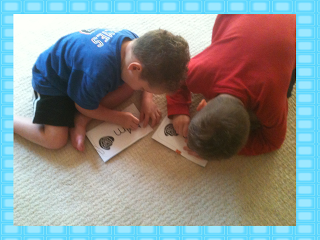







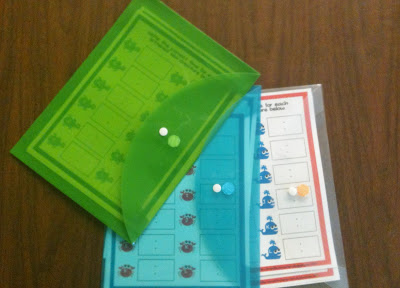


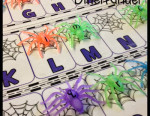
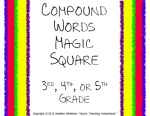
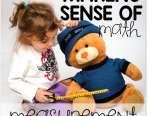


What is your organization method so the kids know which activity they are expected to do?
I added some details for you to this blog and it references another post that I did. Hope that helps. If not give me holler back and I’ll answer any specific questions that I can.
Marsha
Looks Great!!
Jennifer
First Grade Blue SKies
Thanks Jennifer.
Could you share your general daily schedule? I also have math stations and learning centers daily. I wanted to work in word work or phonics stations in this way but can’t quite figure out how to make it work in my schedule. I teach full day Kindergarten. Thanks!
I think I can do that except my schedule is a mess. I’m on day nine of the school year and there are still some changes. You’ll also see when I post it that I do not have the luxury of having the same activities at the same time each day. My schedule is ALL over the place. But we make it work. I’ll see if I can get something posted soon.
Marsha
These activities look wonderful and great for both struggling and advancing students. I have a quick question, how do you introduce these activities? Like do you introduce them on different days? Do you do a whole group practice? Just very curious how you work it all out. I always have a difficult ensuring that my students actually KNOW what to do at my particular centers/activities. My email is hellonr14@aol.com. 🙂 Thank you so much for all your sharing!!
Norma, most of the activities I introduce in these first couple weeks of school and then stations like I-spy or write the room become second nature to them. There are always new activities however and depending on the type of activity I may introduce them in small group or it might be something I introduce to the whole group. It just depends on the activity. I like to introduct math activities quite often during my Calendar Book time and do it a couple times over several days before students use them in stations. There really is not wrong or right way. I will say however, if you are introducing new manipulatives you will want to give them the opportunity to explore and ‘play’ with them for a bit before expecting them to work with them. Hope this helps.
Marsha
I would love to hear about the management aspect of introducing venters as well. Especially at the start of the school year. I love all your centers but get overwhelmed when I process through teaching the procedures to the kids!
I always think it’s easiest to teach management, expectations, transitions and routines if the activities are more exploratory these first couple of weeks. The centers themselves prior to this week have been very basic and there hasn’t been alot of heavy thinking involved necessarily but it has allowed them the opportunity to learn how to manage materials and transitions. I have to say, despite the large number of students I have in my small space this year, they transition and manage materials well because I have given them time to practice, practice practice it.
I’m not sure if this helps but drop me a note if you have other questions.
HI!
I’m interested in the answers to the previous readers as well. I would also like to know how your Tiers are rated. Is tier 3 your top group or you lowest group. We use the term tiers as well, but Tier 3 is our most at risk group in our rating system.
Thanks for being so willing to share your ideas.
Carol
Carol, thanks for your question. I’m not sure if there is a right or wrong way to number your tiers but this is what works for me. My students never see the tiers. I basically use colors and animals for them and since I use flexible grouping, there could be kids with three different colors in a group. All they know is that they are blue or green or orange and so that’s the color envelope they take their materials from. I have always worked 1 lowest, 2 medium and three highest. But it’s just my personal preference.
Marsha